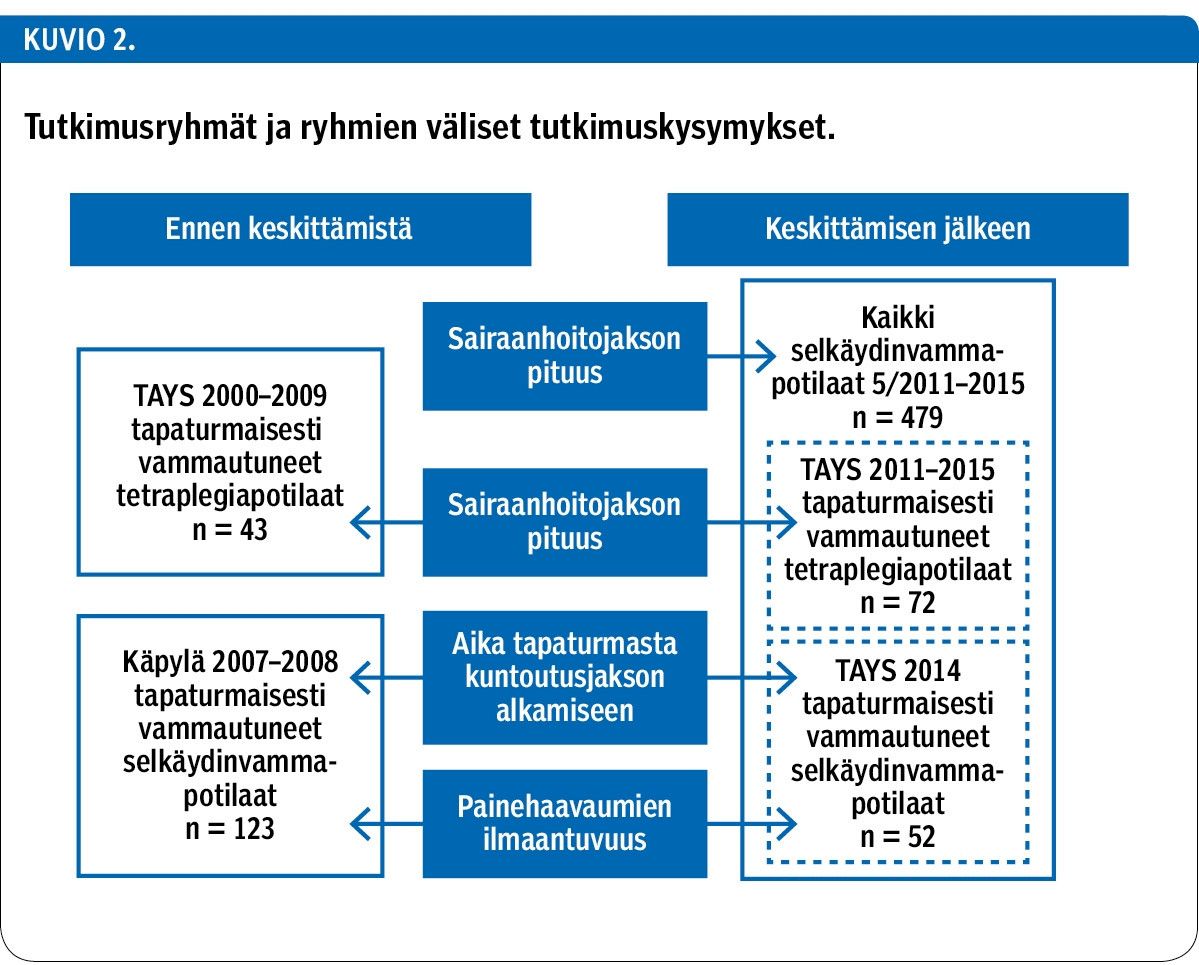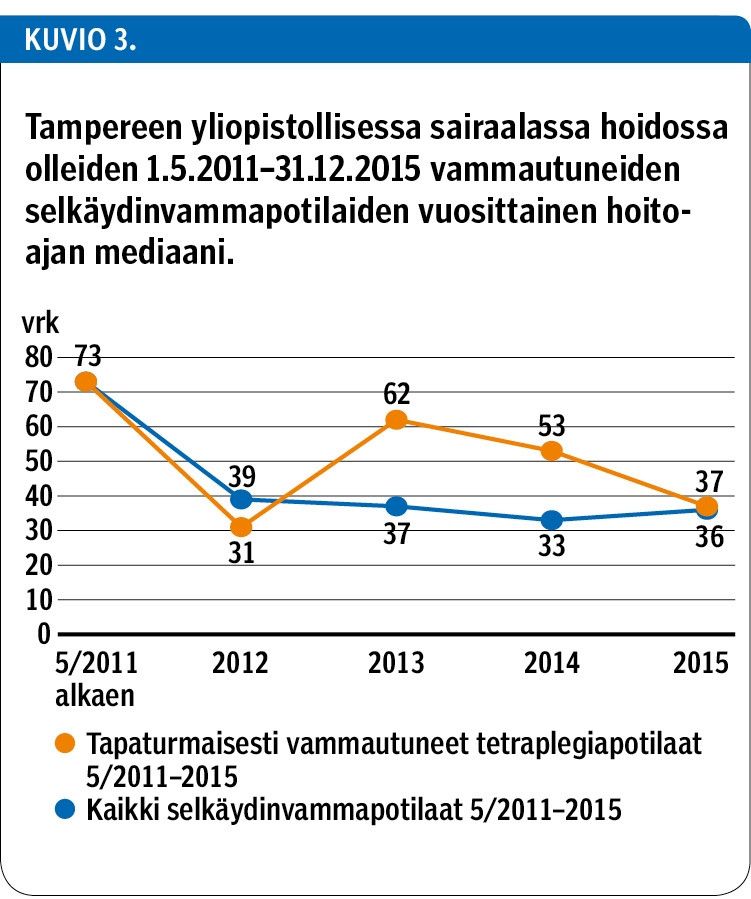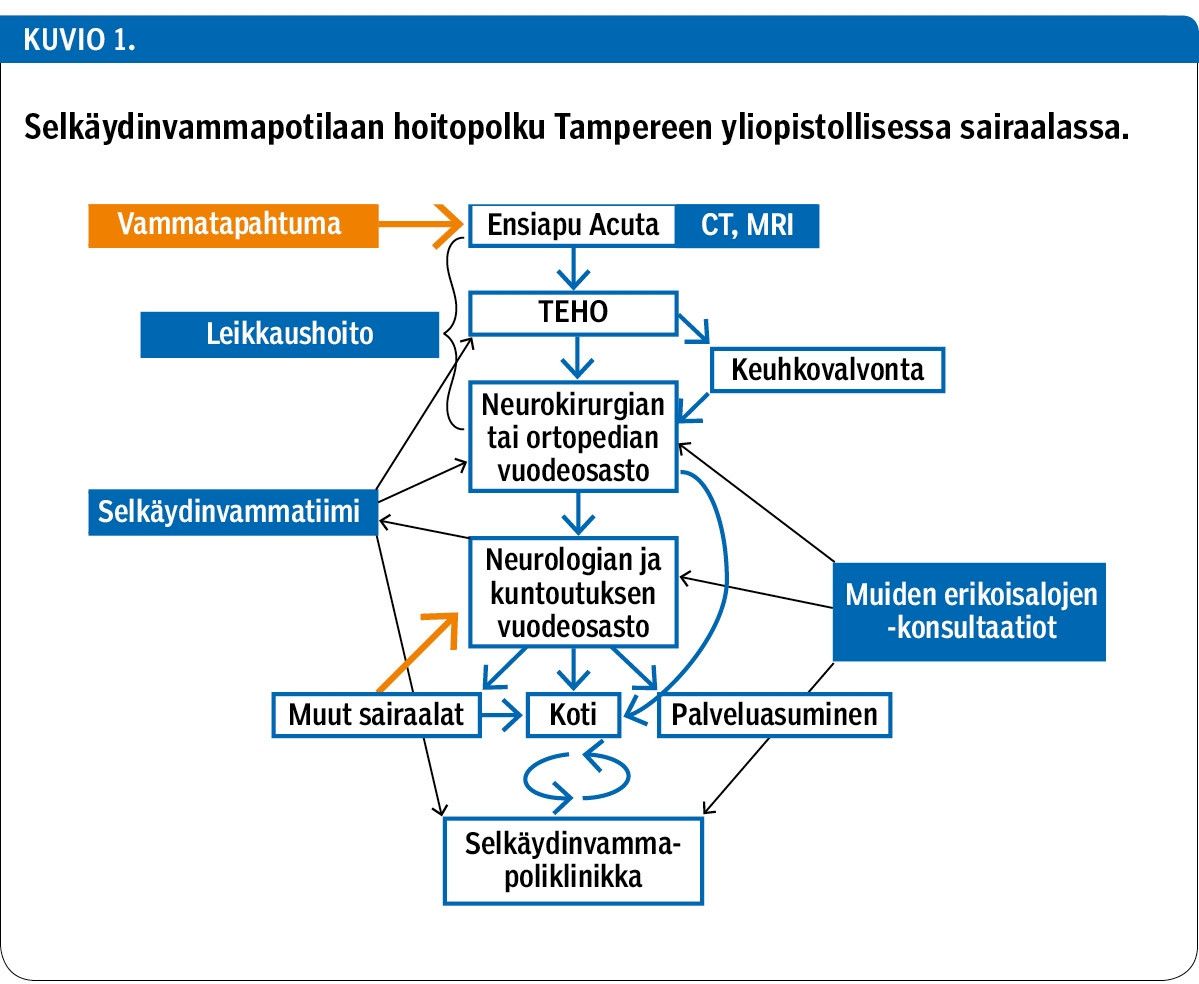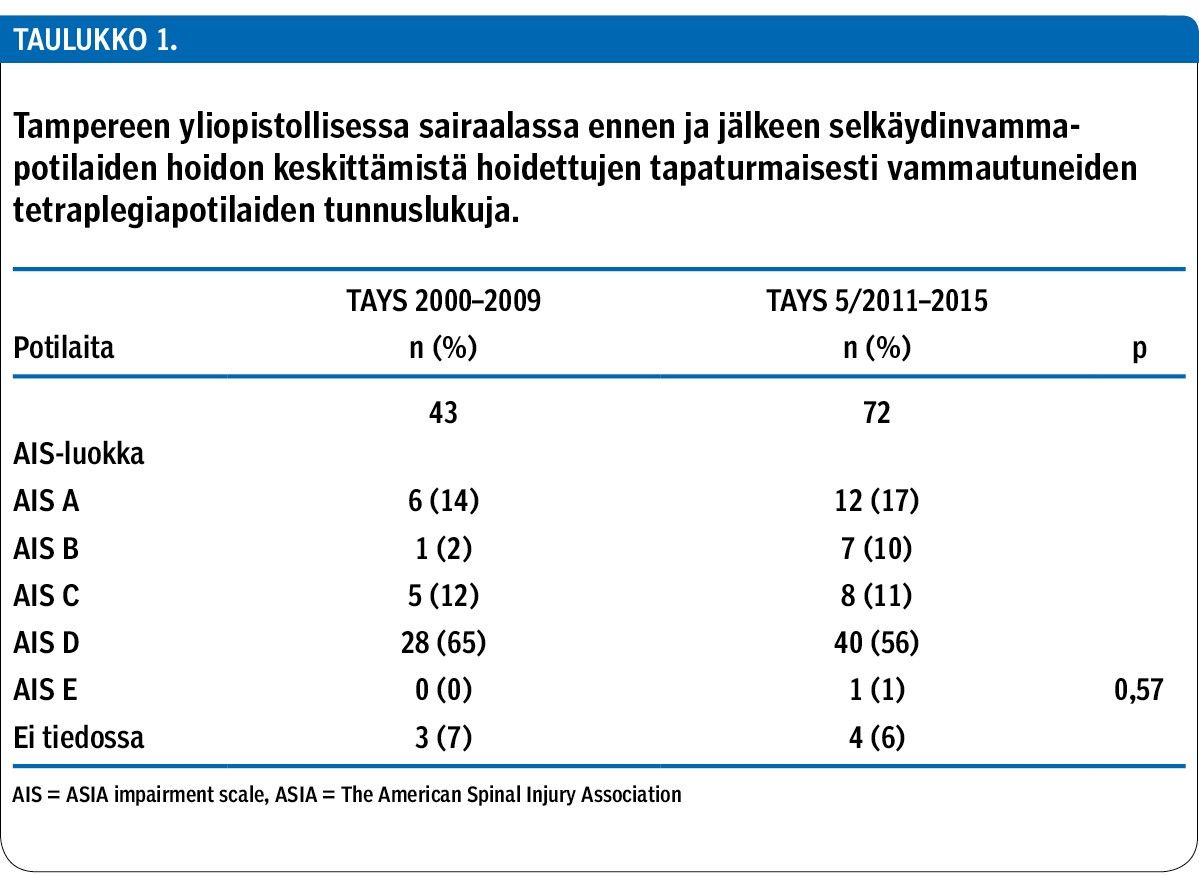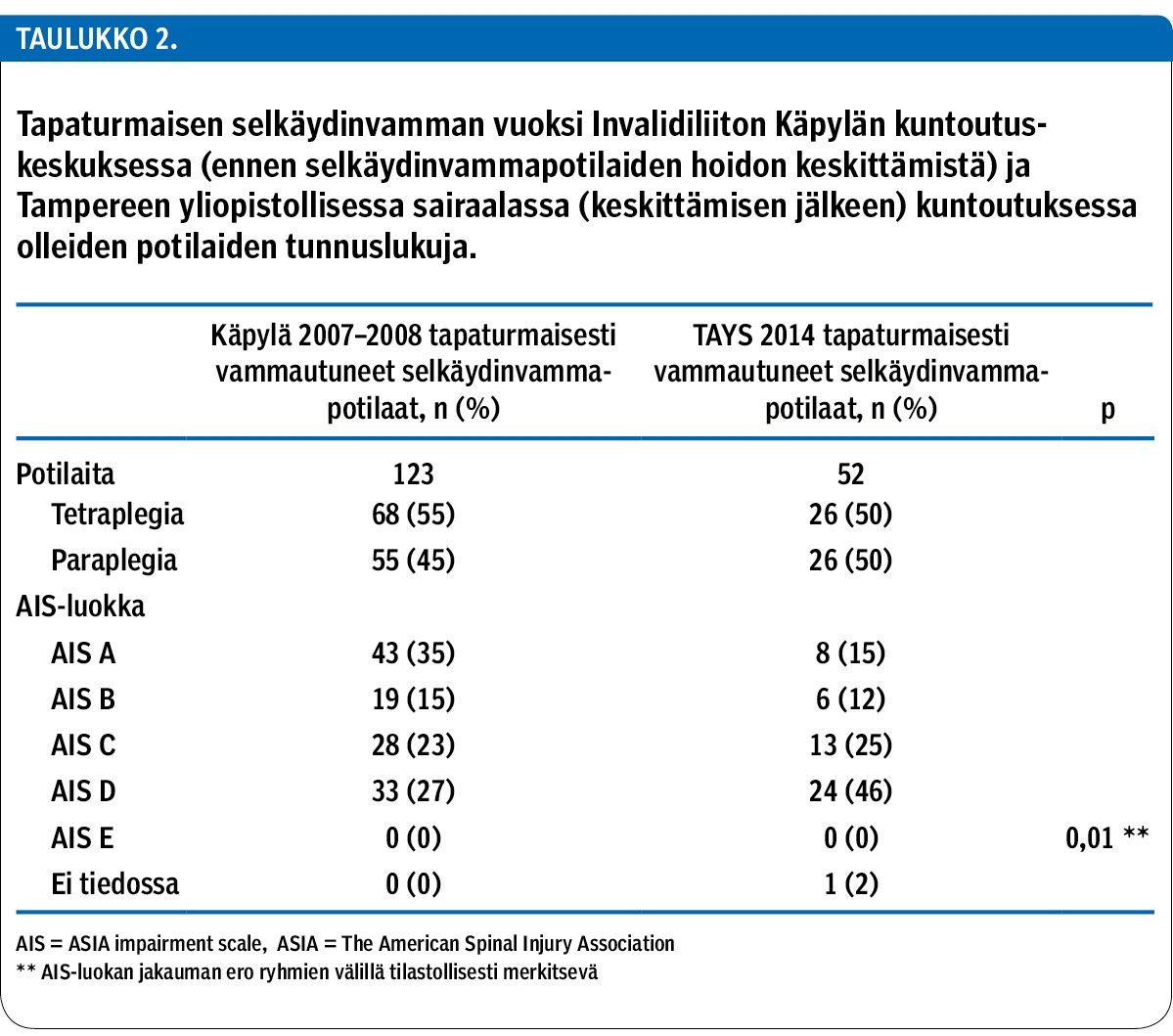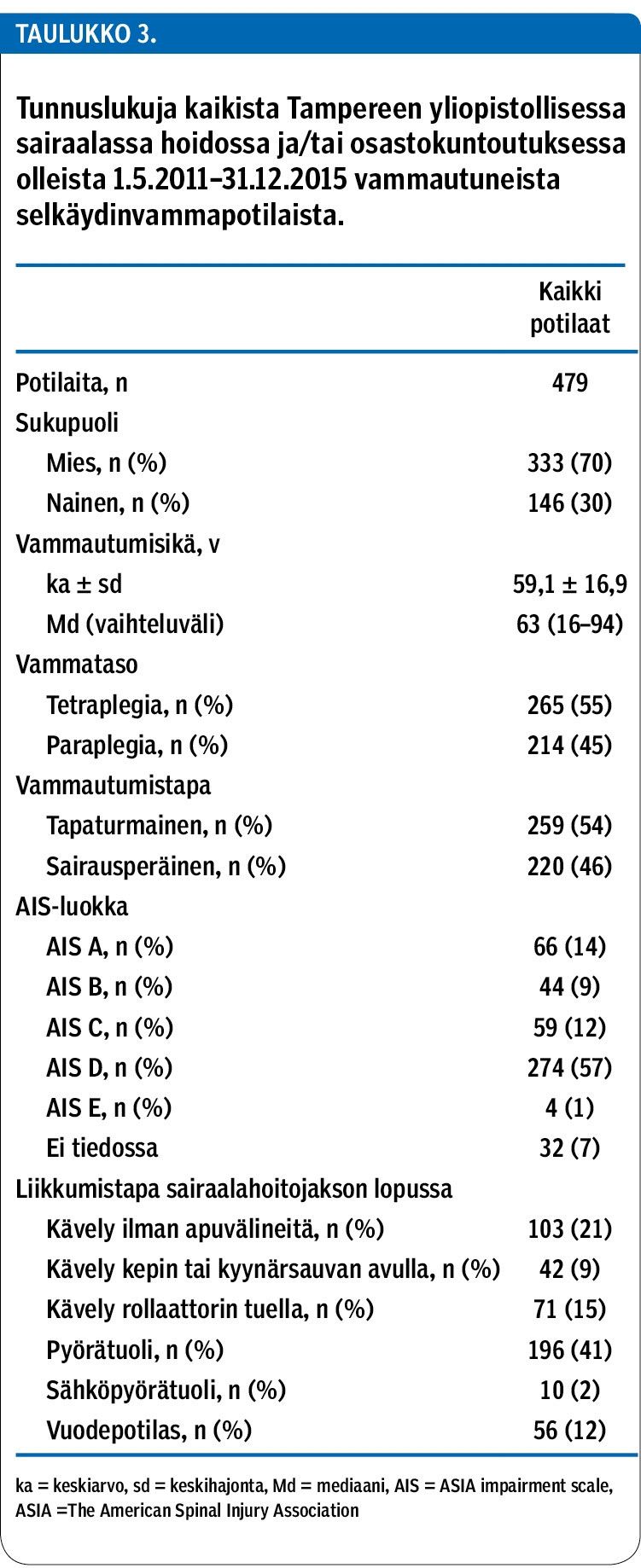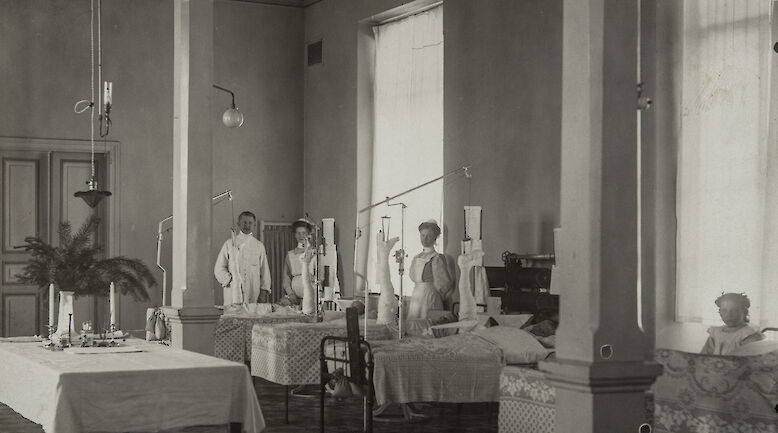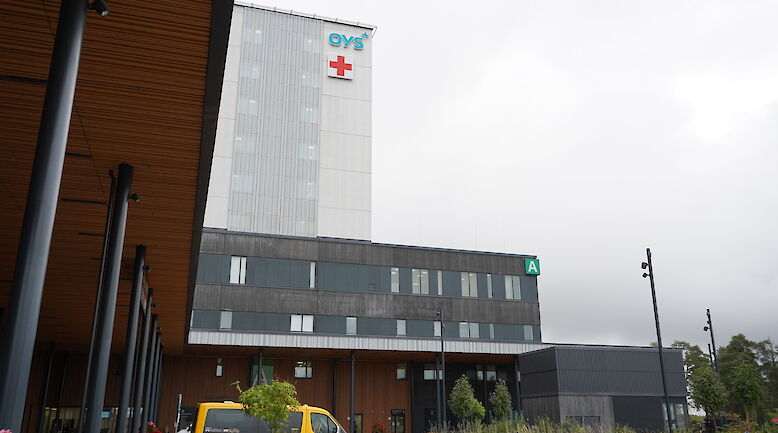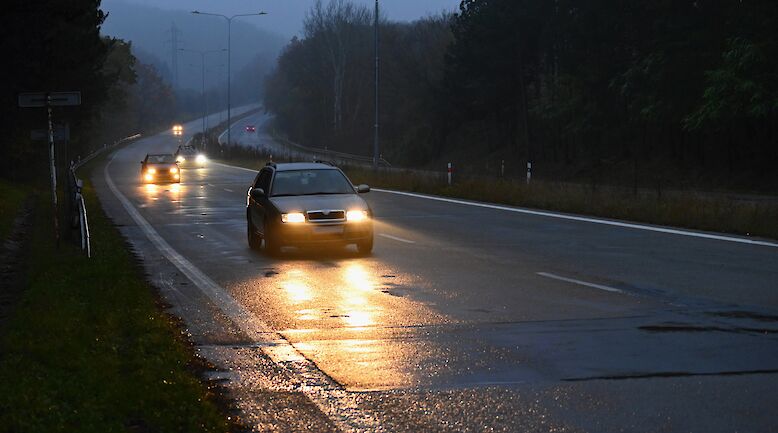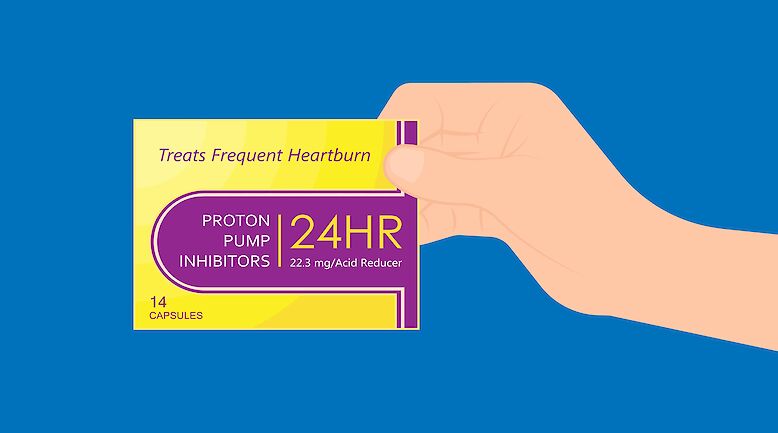Centralisation of spinal cord injury care enables faster discharge from costly hospital care

Background
After centralising spinal cord injury (SCI) care, the annual number of patients increased over fourfold in Tampere University Hospital (TAUH). The aim of this study was to assess the influence of the centralisation on the length of stay in acute care and rehabilitation wards and on the incidence of secondary complications after spinal cord injury.
Methods
The register-based study was performed at TAUH spinal cord injury centre. The group of study participants comprised patients who had experienced a spinal cord injury between 1.5.2011 and 31.12.2015. The control groups consisted of newly injured patients treated in TAUH from 2000 to 2009 and in Käpylä Rehabilitation Centre from 2007 to 2008.
The data was collected according to the International Spinal Cord Injury Core Data Set. In addition, the length of stay in hospital and the time to rehabilitation admission were recorded. Moreover, the number of pressure ulcer cases was recorded in 2014.
Results
The mean length of stay in hospital was 87 days in 2011 and 44 in 2015. The time to rehabilitation admission after acute injury was 12 days in 2014 and 56 days in the control group injured in 2007−2008. None of the patients treated in TAUH had pressure ulcers at the beginning of the rehabilitation phase, whereas 33% of the patients referred to the rehabilitation ward by other hospitals had an ulcer.
Conclusions
The centralisation of spinal cord injury care in Finland has decreased the length of stay in hospital and the time to rehabilitation admission after acute injury. In addition, care in specialised SCI centres appears to reduce the number of secondary complications. The defined system of SCI care enables faster discharge from costly hospital care.
